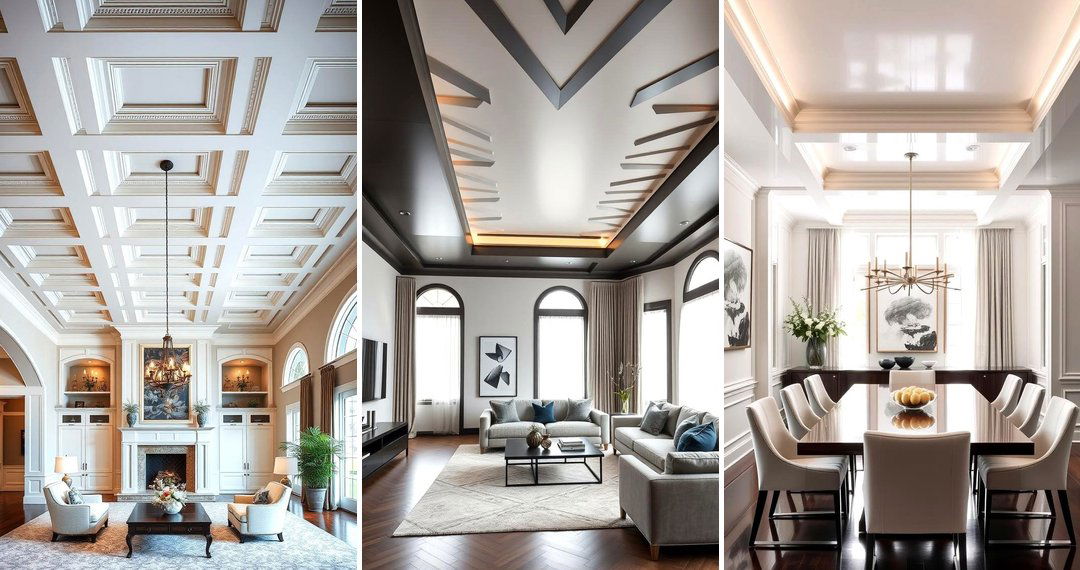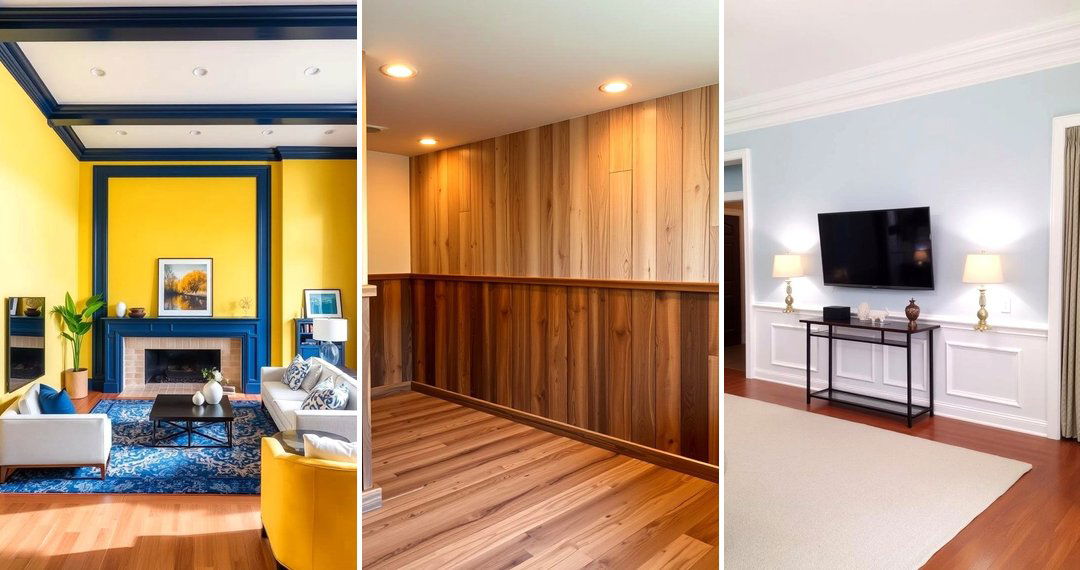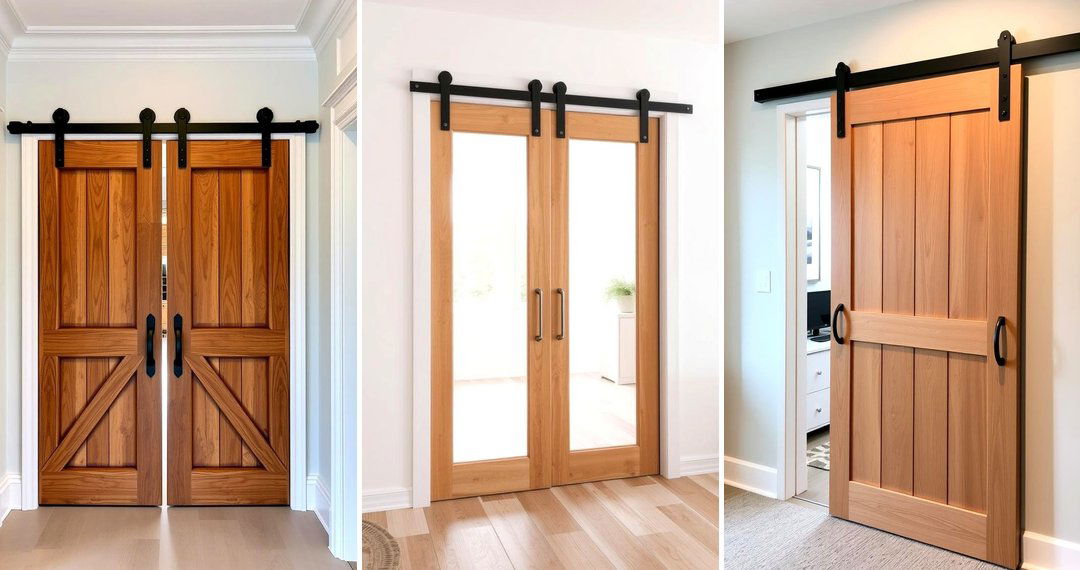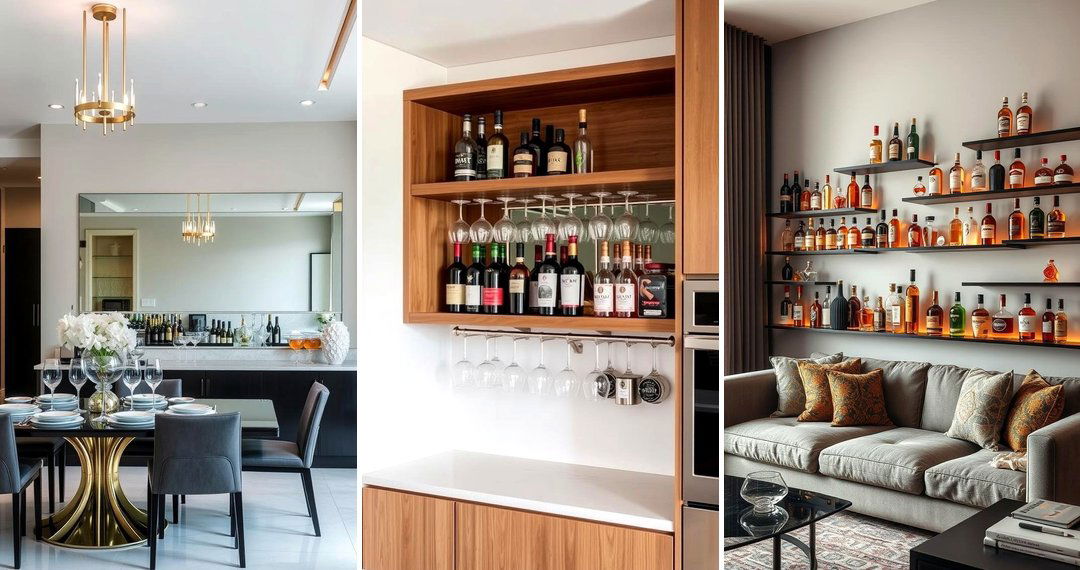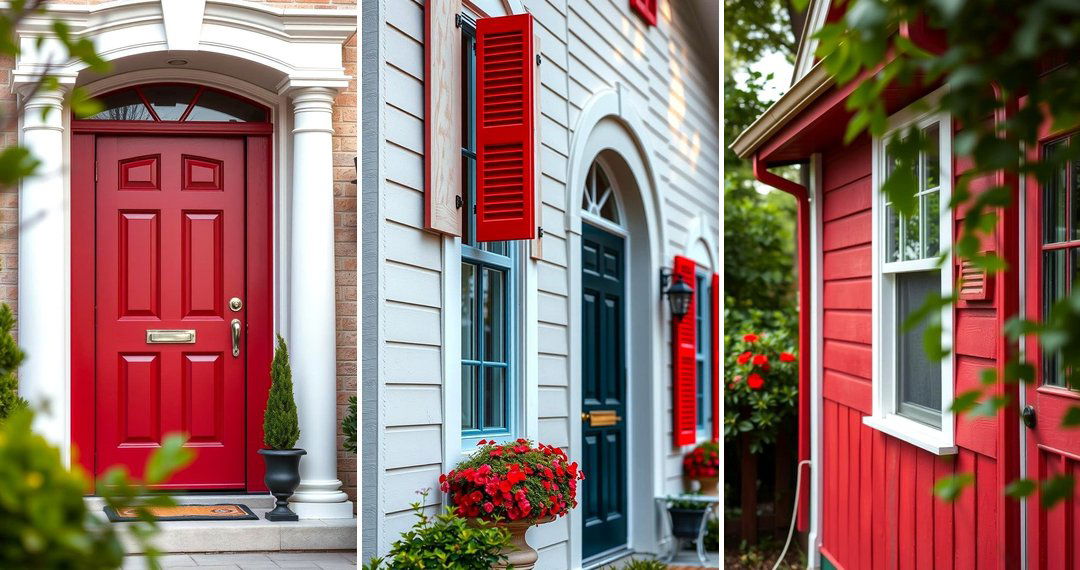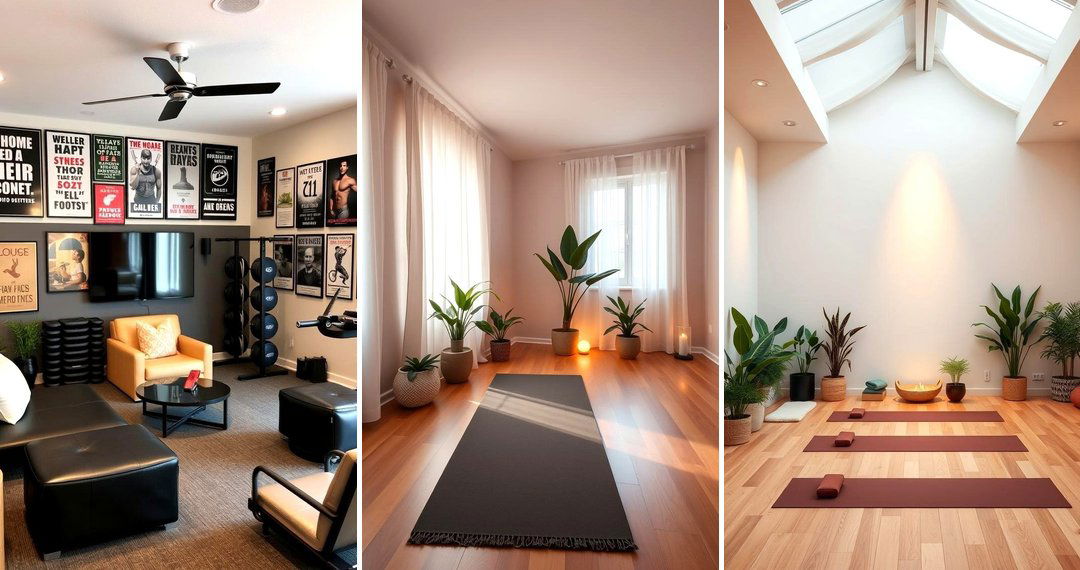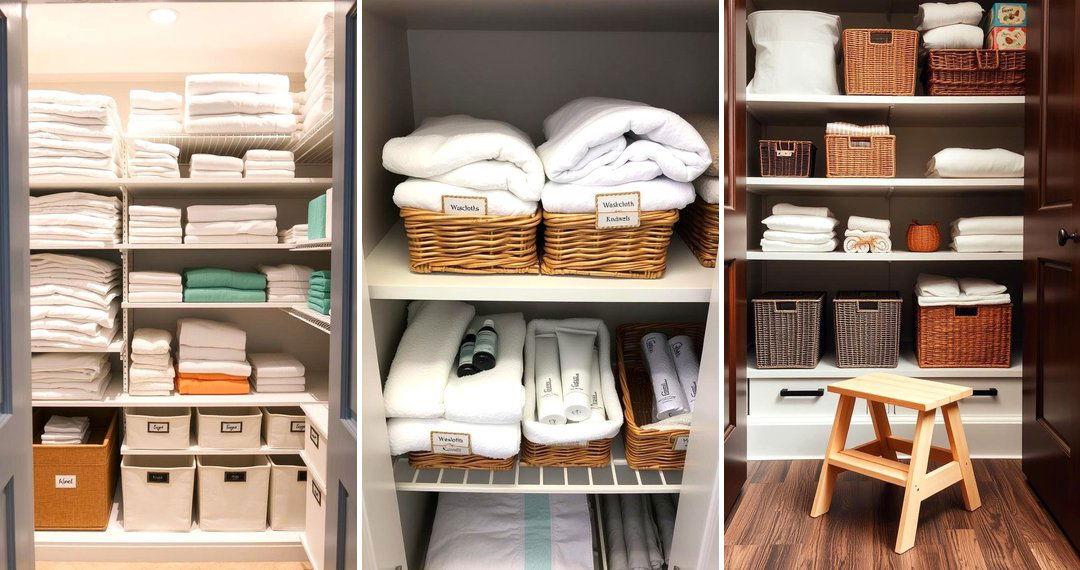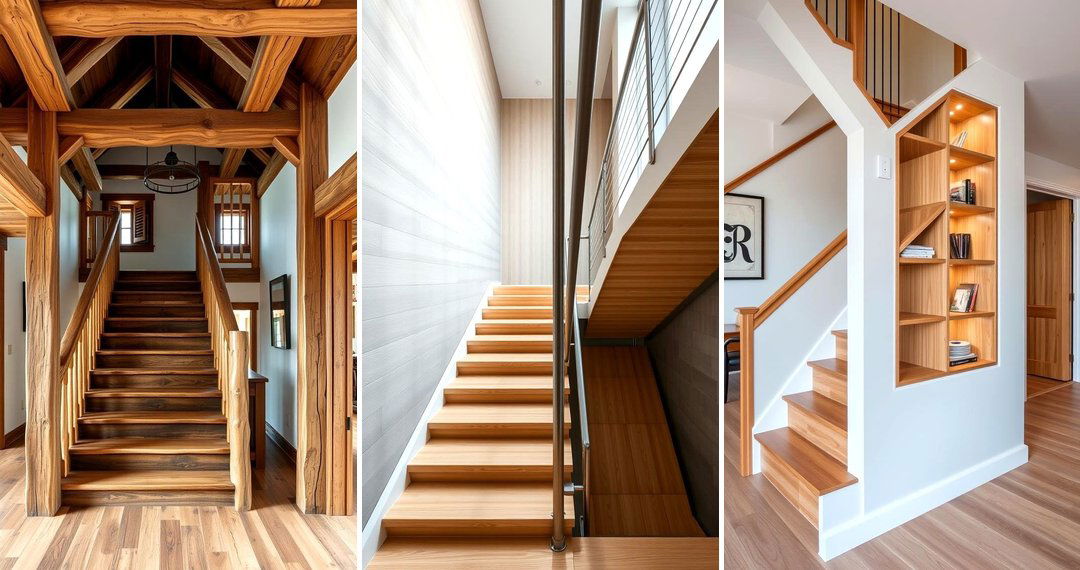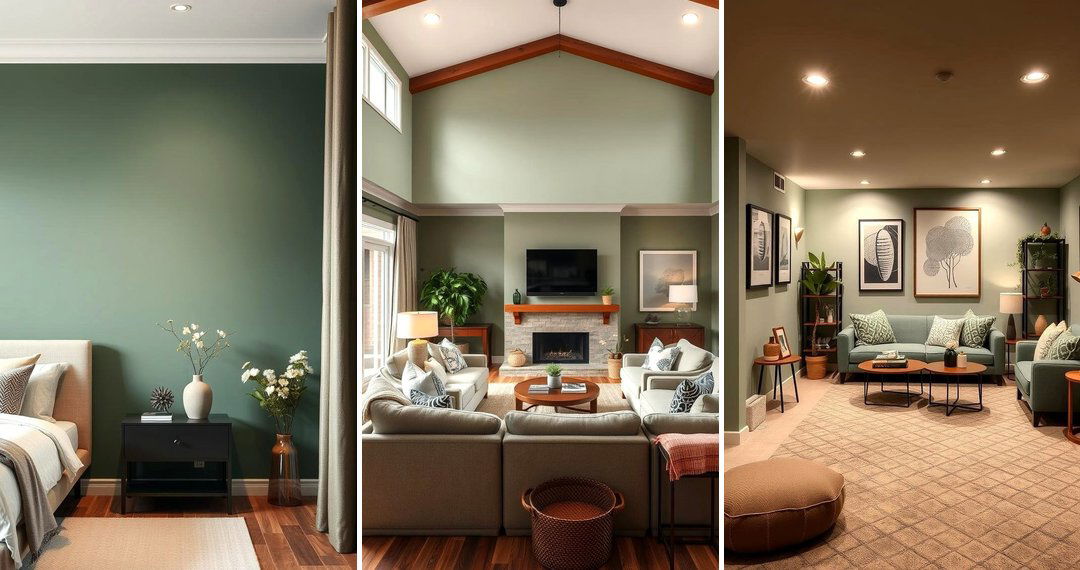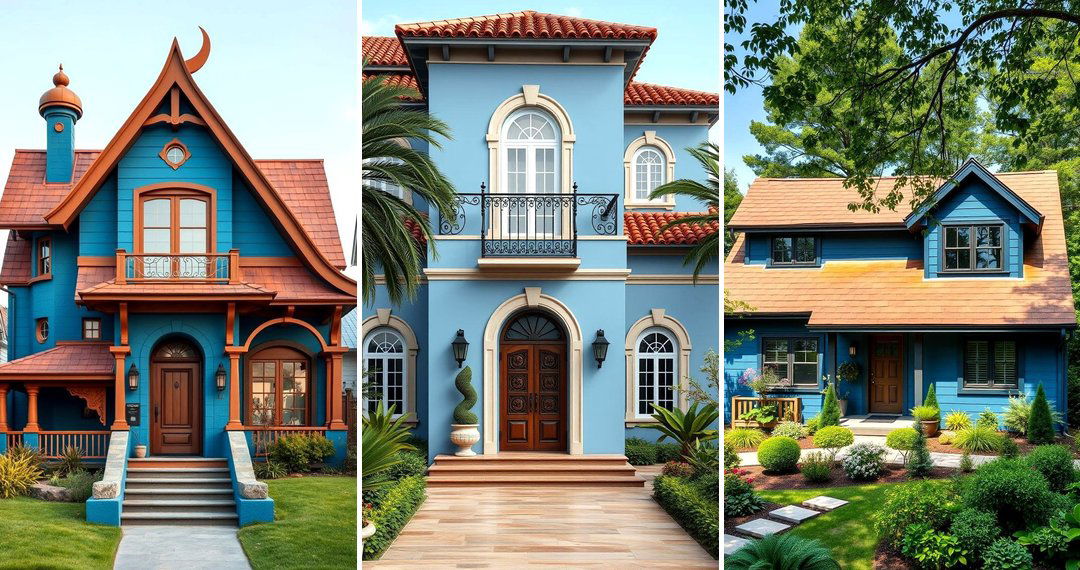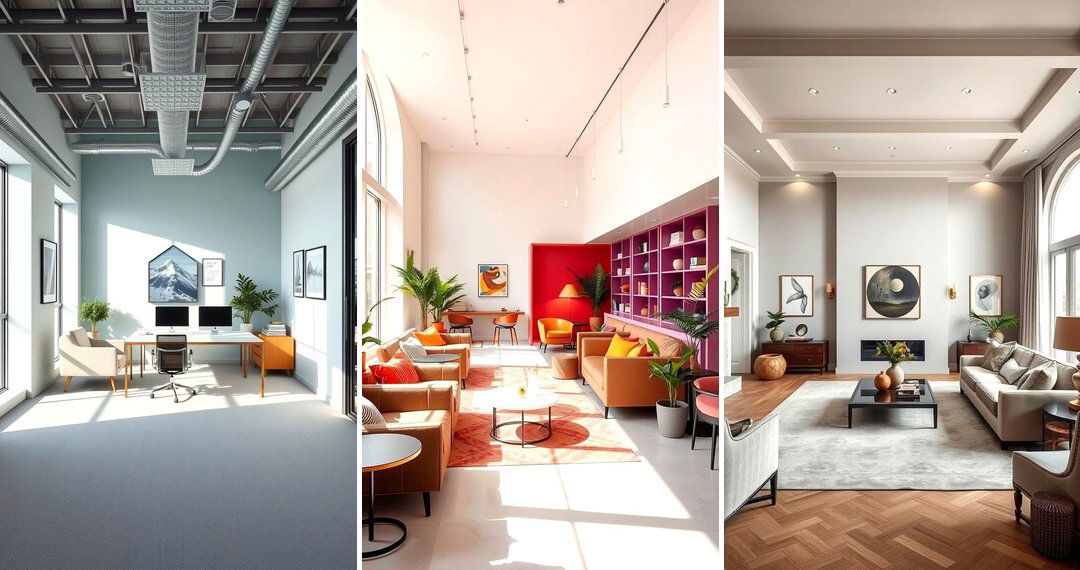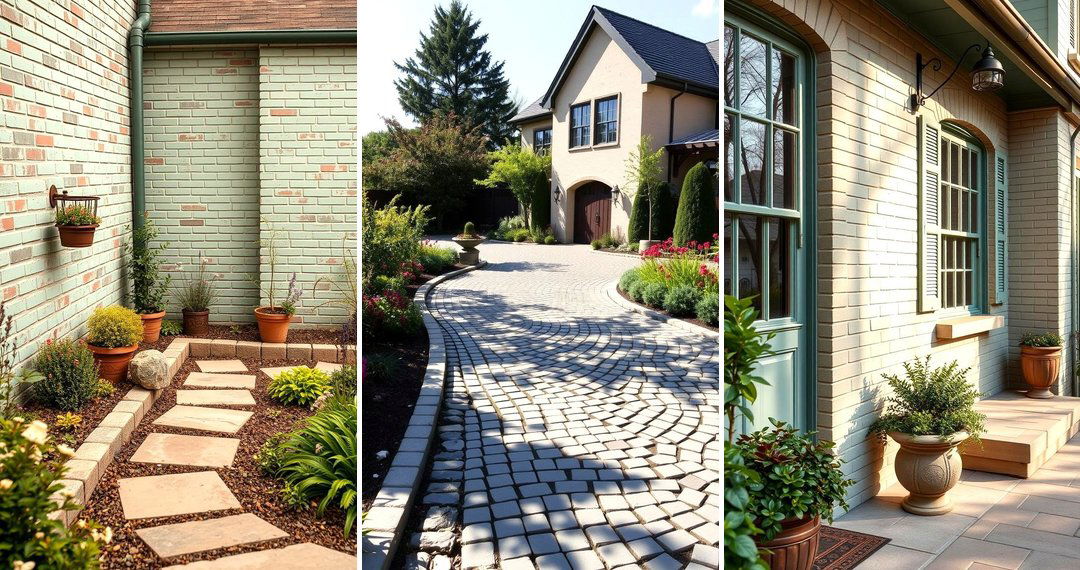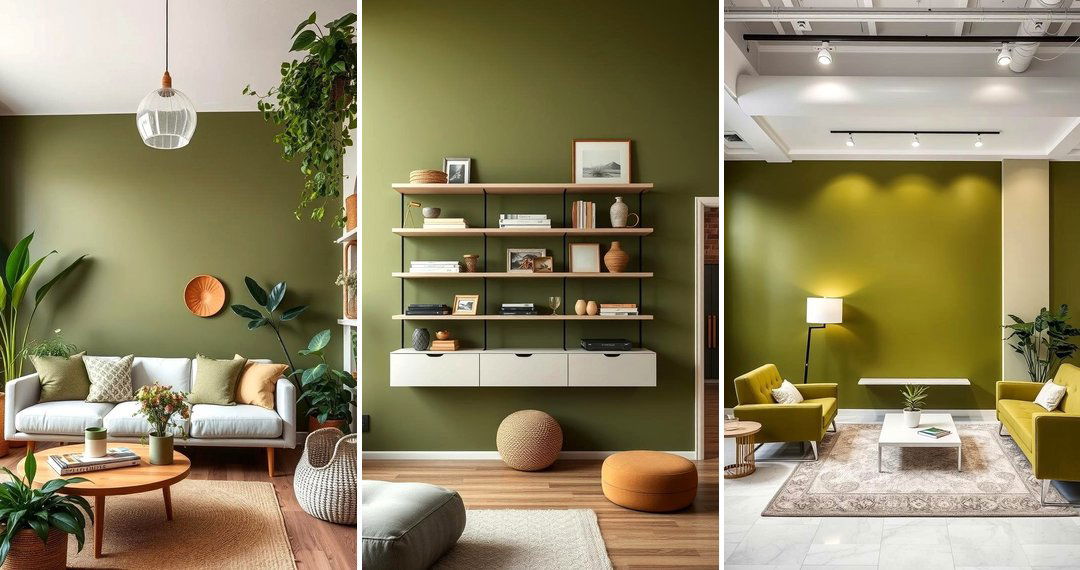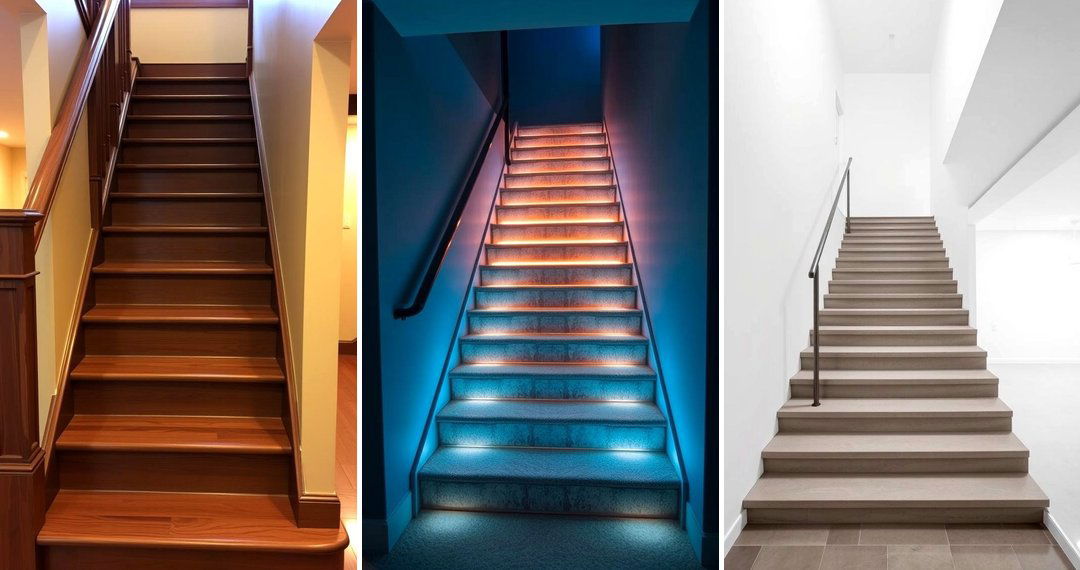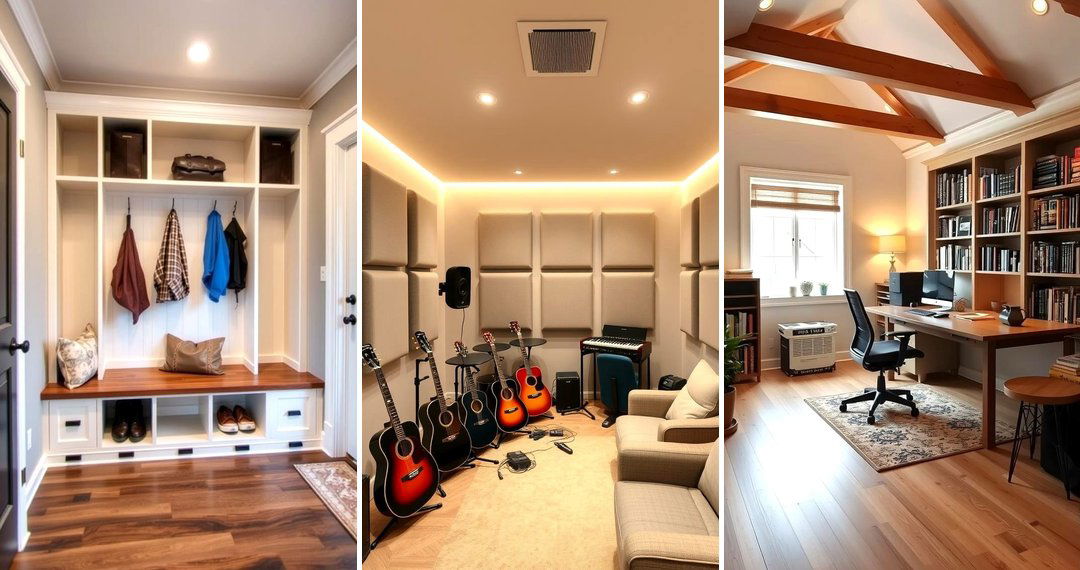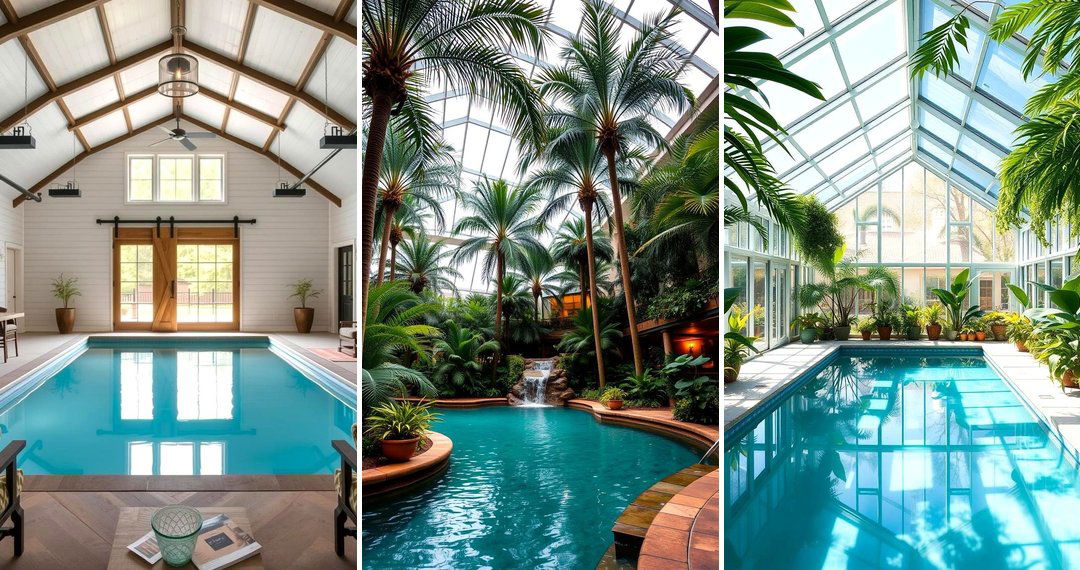Wall molding ideas offer a fantastic avenue to elevate the aesthetic appeal of any living space. Beyond simply adding decorative trim, thoughtfully chosen and applied wall molding can introduce texture, depth, and a touch of personalized elegance. From subtle enhancements to bold architectural statements, the possibilities are vast and can significantly transform the ambiance of a room. Exploring the diverse range of wall molding options can spark inspiration and unlock creative potential for homeowners and interior design enthusiasts alike, leading to truly captivating and unique wall designs.

1. Classic Picture Frame Molding
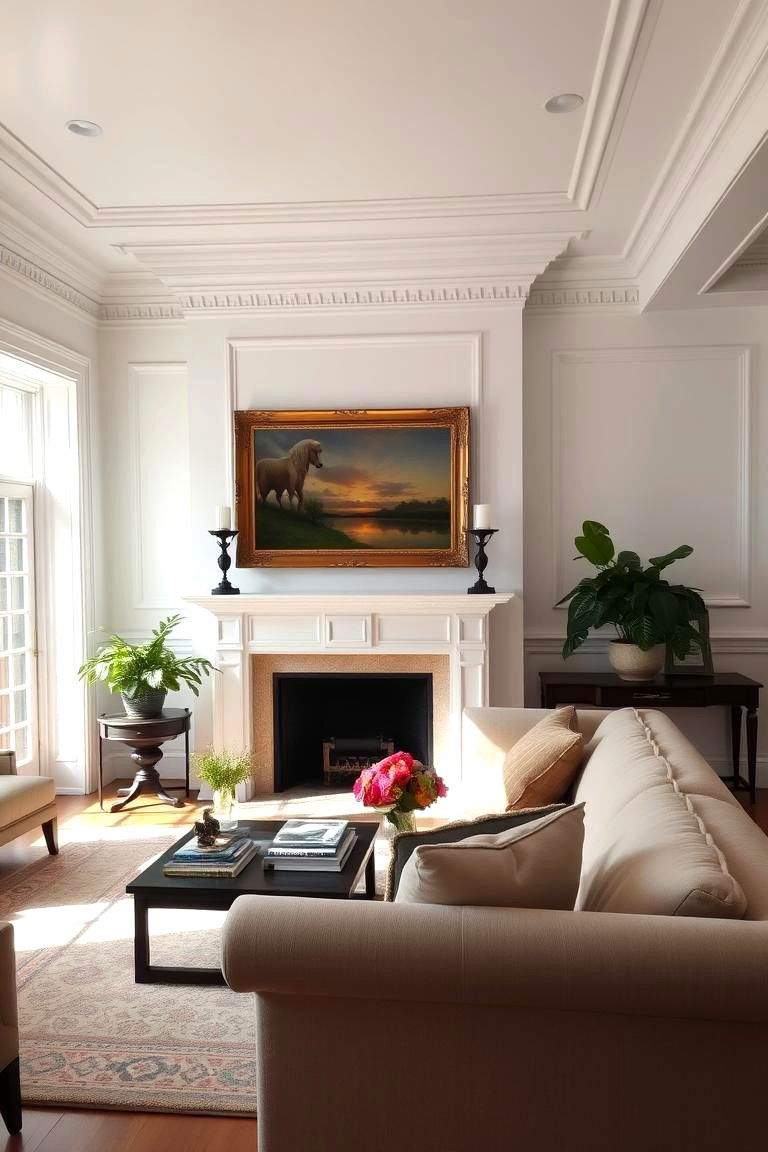
With its timeless appeal, classic picture frame molding adds a touch of traditional sophistication to walls. This style typically involves creating rectangular or square frames using molding, often installed below the chair rail. The key benefits lie in its ability to define spaces, highlight wall art or photographs, and introduce a sense of structured elegance without being overly ornate. Consider painting the molding the same color as the wall for a subtle effect or a contrasting shade for a more dramatic statement. This versatile option works well in living rooms, dining rooms, and hallways, providing a refined backdrop for various decor styles.
2. Elegant Chair Rail Molding
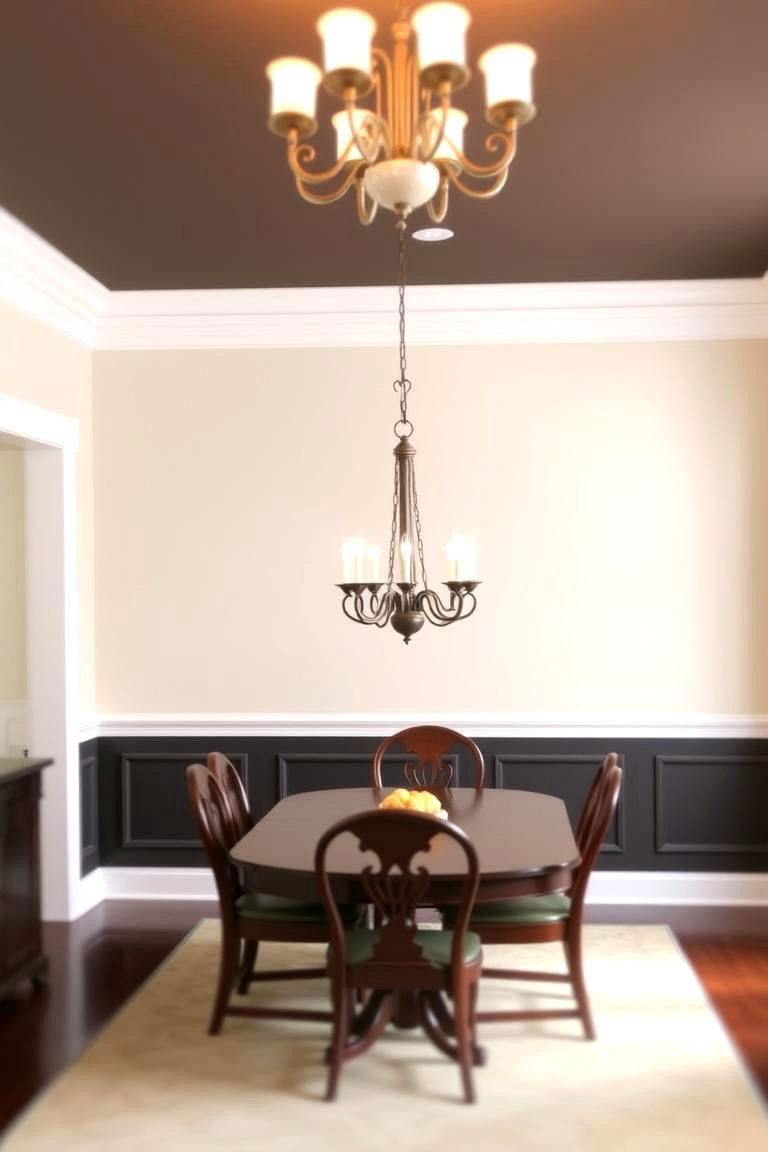
Bringing both aesthetic and practical value, chair rail molding serves as a horizontal divider along the wall. Originally designed to protect walls from chair backs, it now primarily functions as an elegant decorative element. The key benefit here is the visual break it creates, allowing for different paint colors or textures above and below. This can add depth and visual interest to a room. For instance, you might opt for a darker color below the chair rail for grounding and a lighter shade above to create an airy feel. Chair rail molding is particularly suitable for dining rooms and formal living spaces.
3. Modern and Minimalist Linear Molding
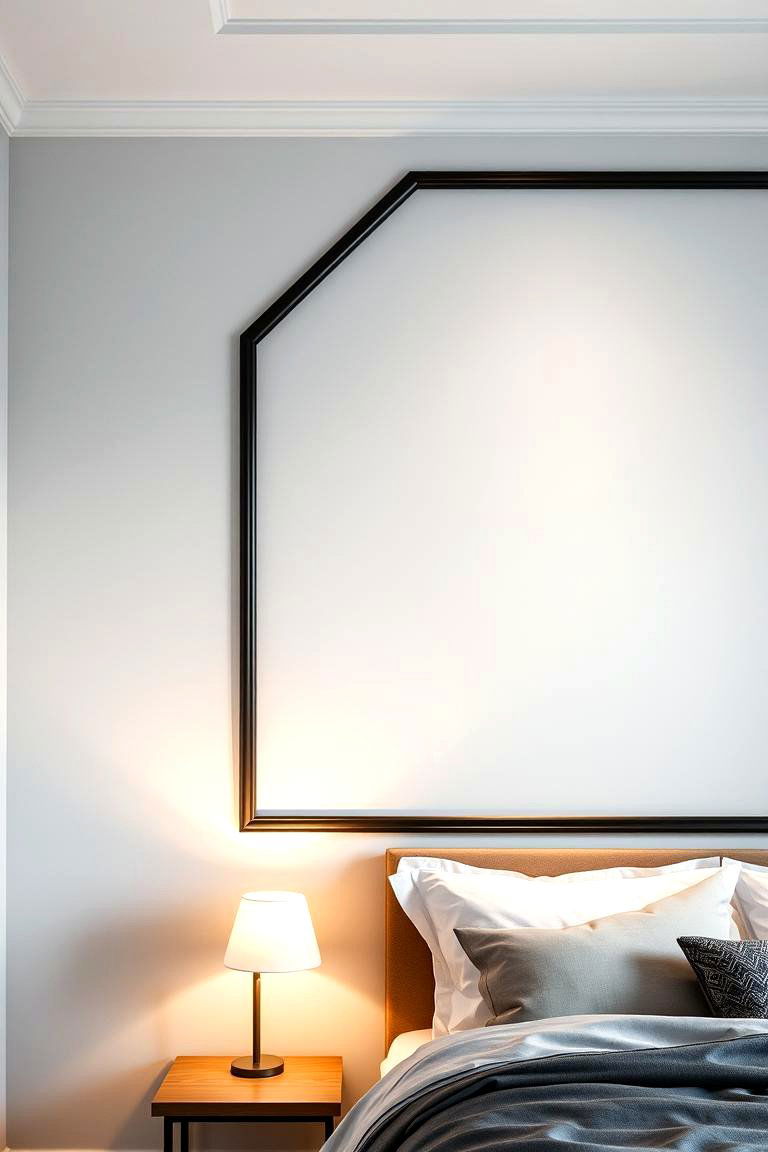
For those who prefer a sleek and contemporary look, modern linear molding offers a subtle yet impactful design element. These are typically simple, straight-lined moldings that can be arranged in various geometric patterns or used to create a grid-like effect. The key benefit is its understated elegance and ability to add visual texture without overwhelming the space. Consider using thin, dark-colored molding on a light wall for a striking contrast or using molding in the same color for a more integrated feel. This style is ideal for modern living rooms, bedrooms, and even office spaces.
4. Rustic and Charming Shiplap Walls
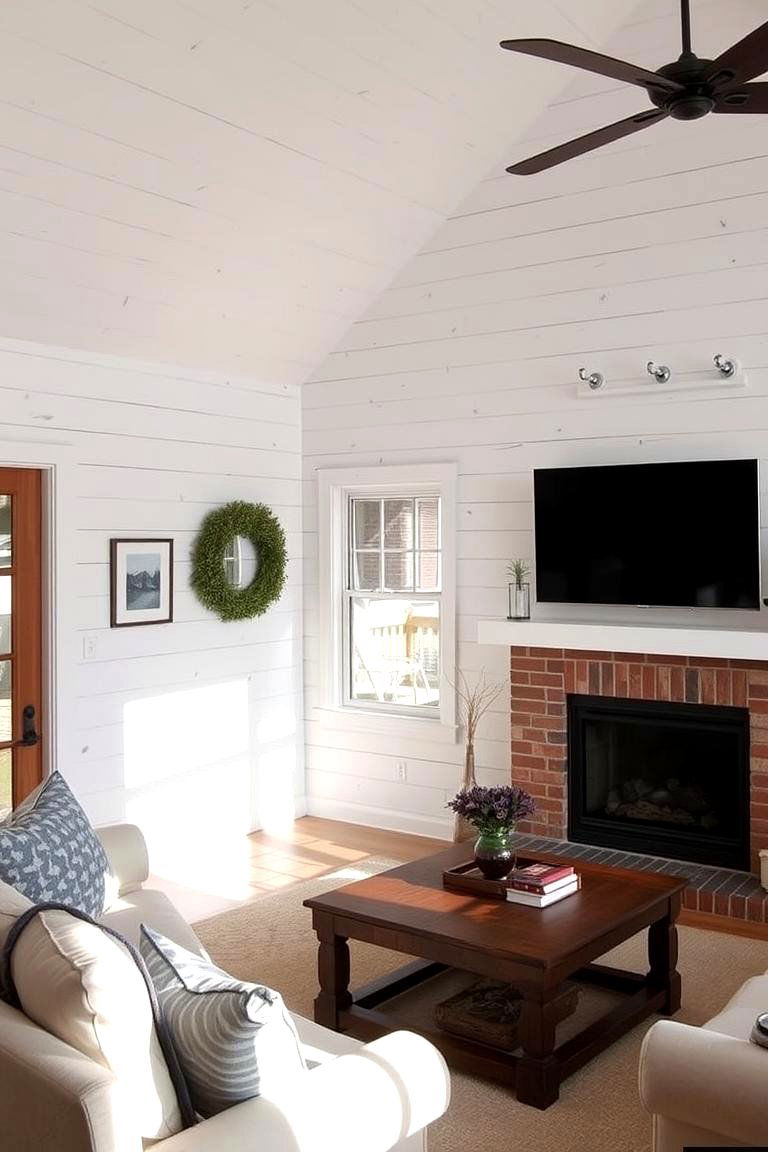
Take a step towards a more relaxed and textured feel with shiplap wall molding. Characterized by horizontal wooden planks with a small gap or reveal between them, shiplap brings a touch of rustic charm and coastal vibes. The key benefit lies in the immediate warmth and character it adds to a room. Consider using reclaimed wood for an authentic rustic look or painting the shiplap in a light, airy color for a beach-inspired feel. Shiplap is a fantastic choice for accent walls in living rooms, bedrooms, or even bathrooms.
5. Luxurious and Ornate Panel Molding
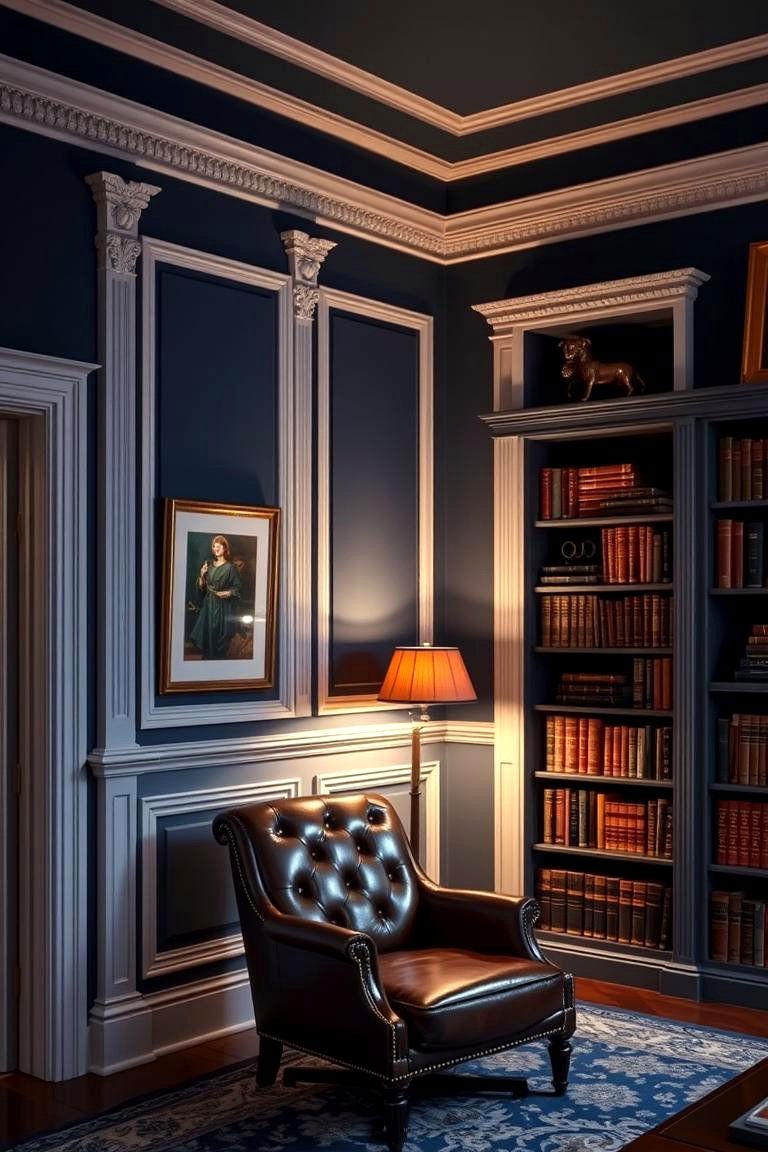
Consider introducing a sense of grandeur and sophistication with ornate panel molding. This style involves creating larger decorative panels on the walls using various molding profiles, often with intricate detailing at the corners and along the edges. The key benefit is the instant elevation of the room's aesthetic, creating a formal and luxurious ambiance. Opt for rich, dark paint colors or even wallpaper within the panels to enhance the effect. Ornate panel molding is particularly well-suited for formal dining rooms, libraries, and master bedrooms.
6. Beadboard for Textured Detail
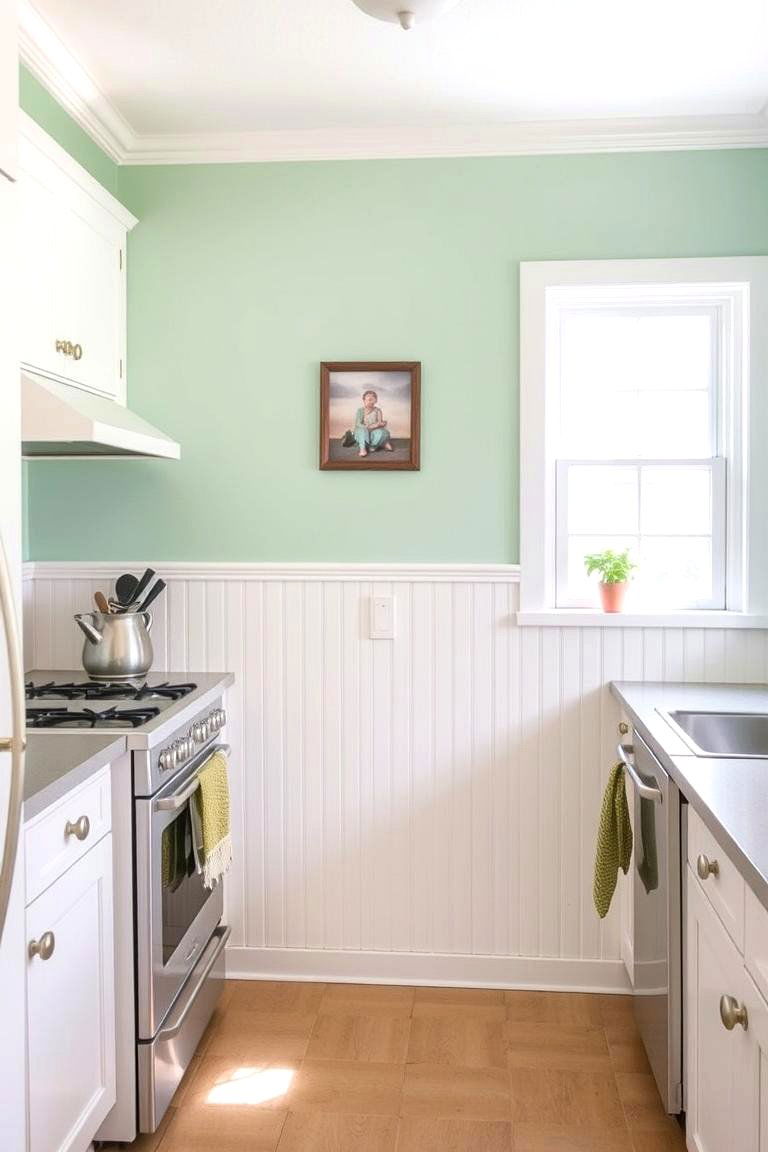
Another excellent option for adding subtle texture and visual interest is beadboard wall molding. This features vertical grooves separated by rounded beads, creating a classic and versatile look. The key benefit is its ability to add character without being overly dominant. Beadboard can be used as a full wall treatment or as a wainscoting option, typically up to chair rail height. Painting it in a soft, muted color can enhance its charm, making it a great choice for kitchens, bathrooms, and hallways.
7. Versatile and Customizable Wainscoting
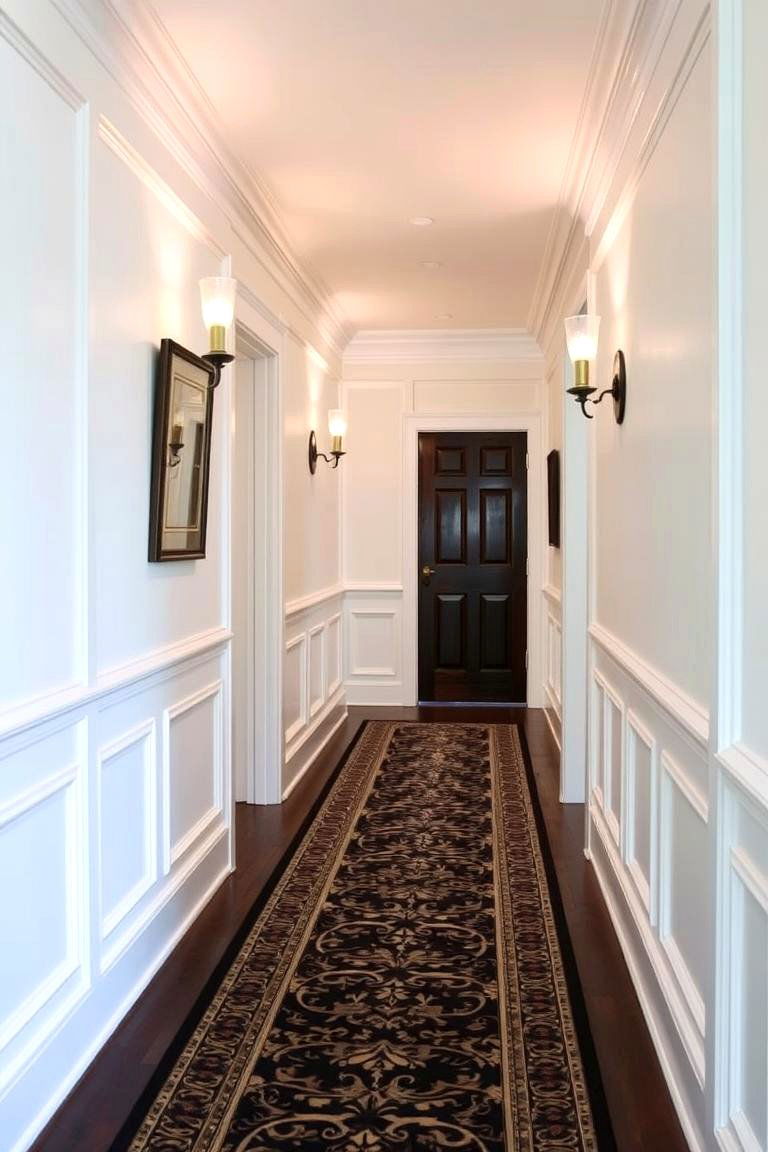
What truly sets wainscoting apart is its versatility in transforming the lower portion of a wall. This broad term encompasses various styles of paneling that typically extend from the floor up to a certain height, often the chair rail. The key benefit is its ability to add architectural interest, protect walls from scuffs, and create a visually appealing transition between the wall and the floor. From flat panels to raised panels and beadboard, wainscoting offers numerous design possibilities to suit different tastes and spaces.
8. Bold and Dramatic Floor-to-Ceiling Molding
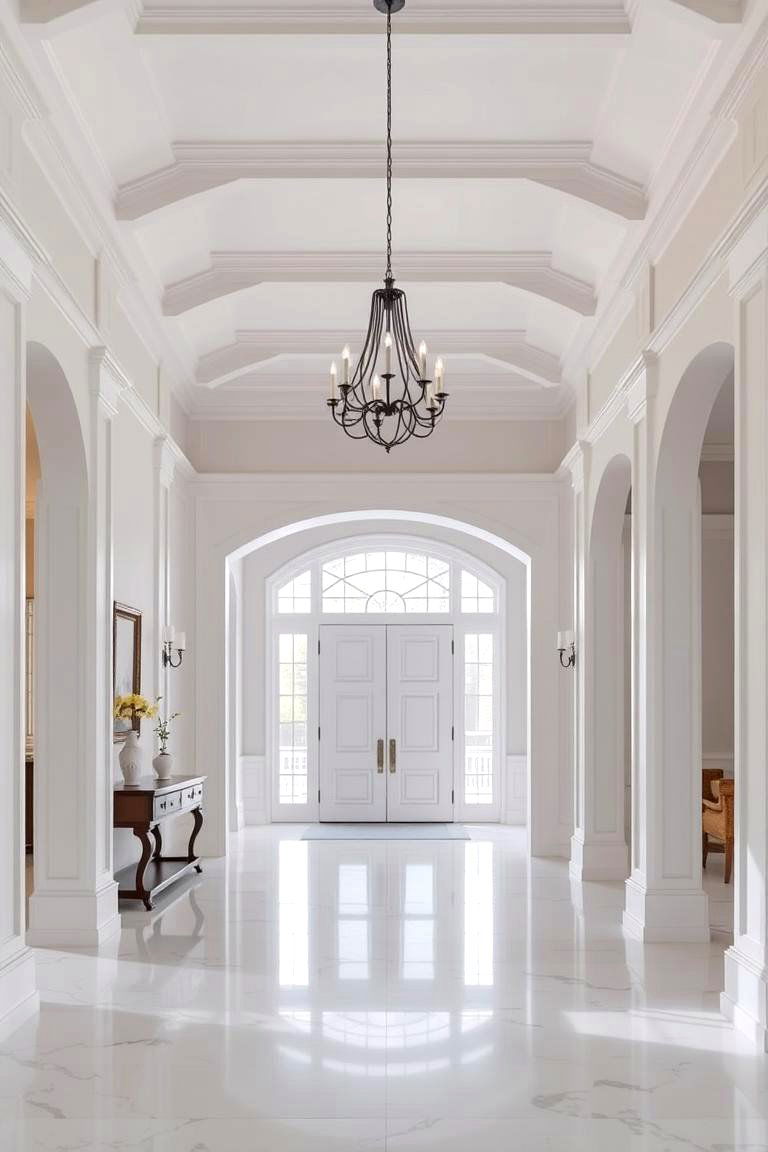
For a truly impactful statement, consider extending wall molding from the floor all the way up to the ceiling. This creates a sense of height and grandeur, making the room feel more expansive. The key benefit is its ability to dramatically alter the perceived proportions of a space. Opt for simple, clean lines for a modern feel or more ornate designs for a traditional look. This approach works particularly well in rooms with high ceilings, adding a touch of architectural drama.
9. Unexpected Angled Wall Molding
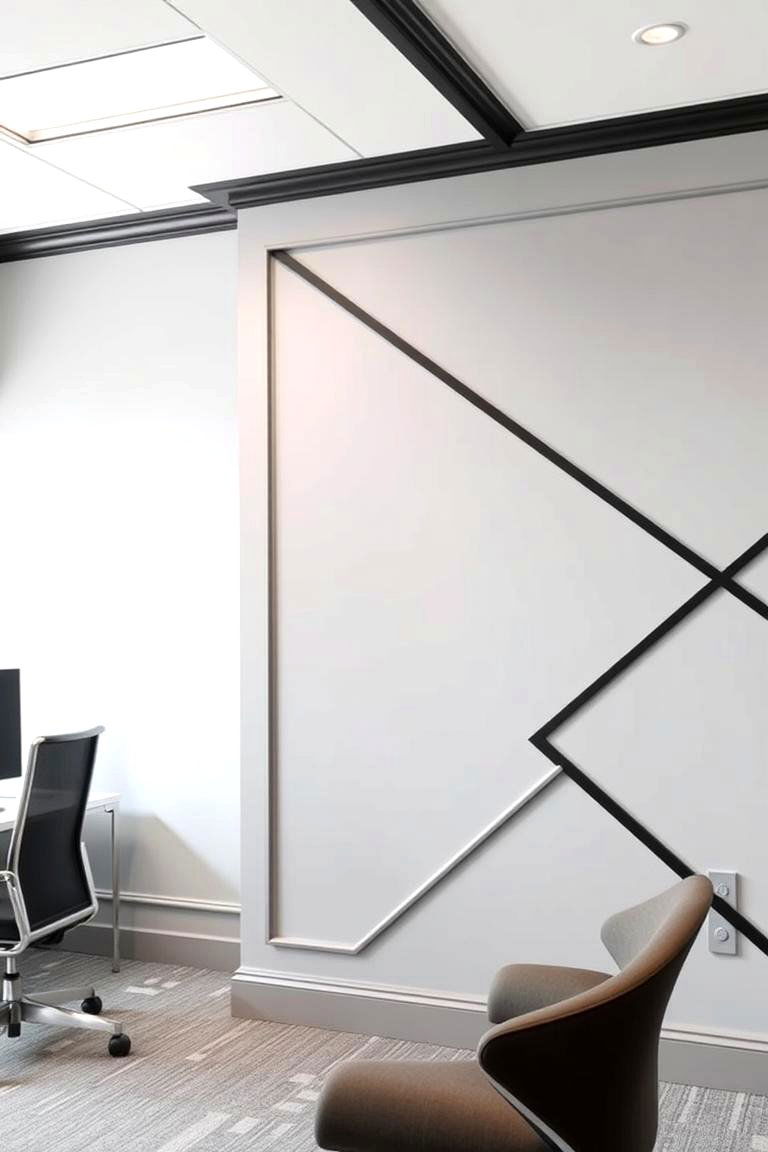
Looking to add a unique and contemporary twist? Angled wall molding can introduce dynamic lines and visual interest to your walls. Unlike traditional horizontal or vertical arrangements, angled molding can create striking geometric patterns. The key benefit is its ability to add a modern and artistic flair to a space. Consider using contrasting colors to highlight the angles or keep it subtle with monochromatic tones. This idea is perfect for accent walls in living rooms, offices, or even creative studios.
10. Practical and Concealing Baseboard Molding
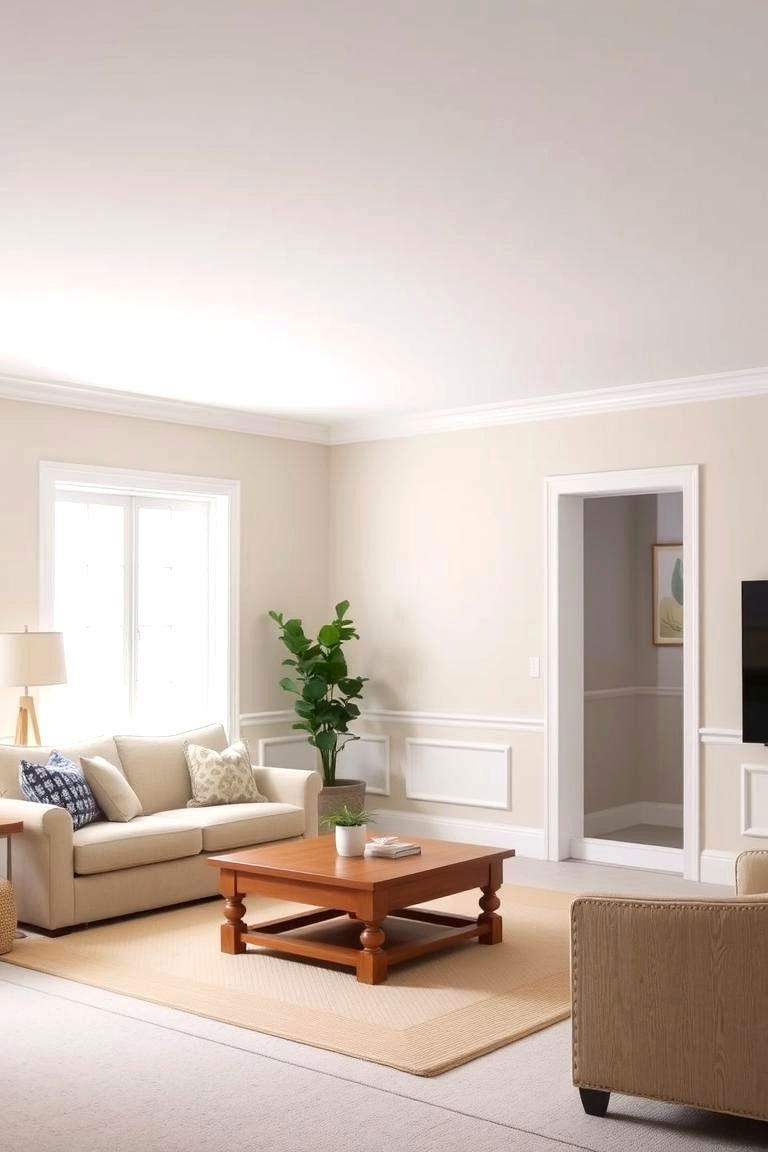
The often-overlooked baseboard molding plays a crucial role in finishing a room by concealing the junction between the wall and the floor. Beyond its practical function, it also offers an opportunity to enhance the room's style. The key benefit is its ability to create a clean and polished look. Choose a style that complements your overall design, from simple and modern to more decorative and traditional. Consider painting it the same color as the trim or the wall for different visual effects.
11. Decorative and Defining Crown Molding
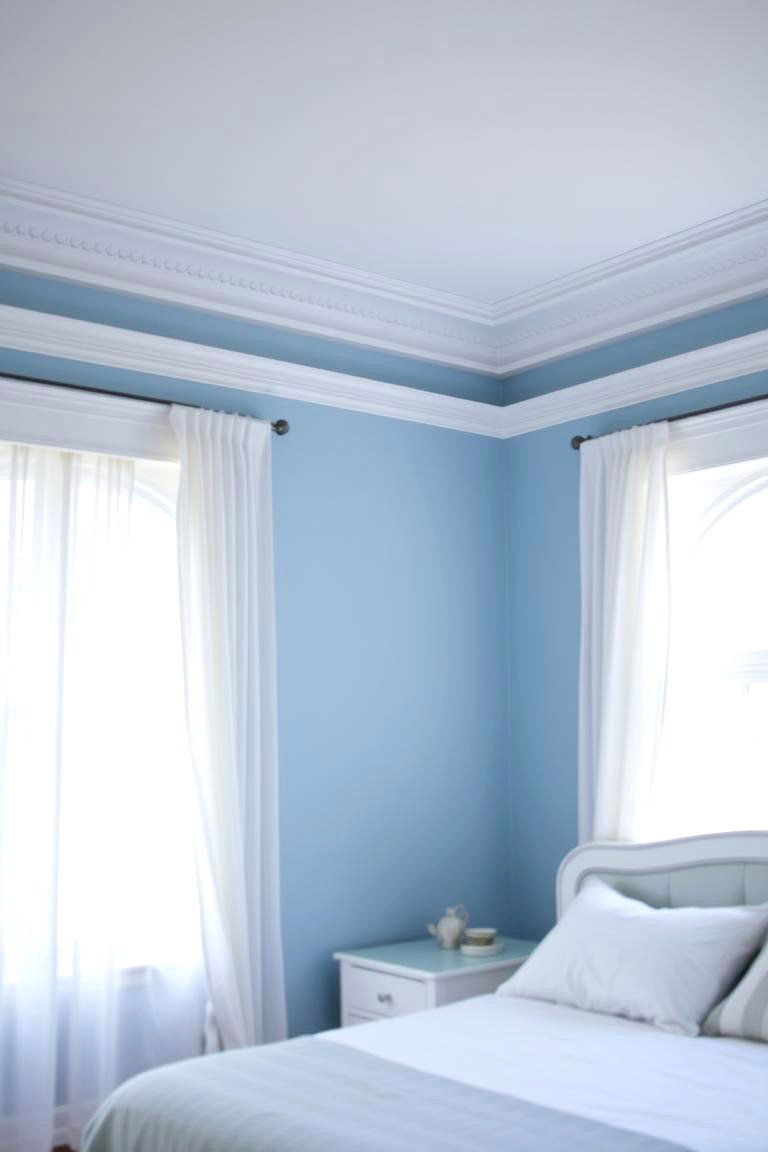
Another essential trim element is crown molding, which adorns the junction between the wall and the ceiling. It adds a touch of elegance and can significantly enhance the perceived height and sophistication of a room. The key benefit is its ability to create a finished and polished look at the top of the walls. From simple and clean designs to more elaborate and ornate styles, crown molding offers a wide range of options to suit various architectural styles and personal preferences.
12. Functional and Stylish Shadow Box Molding
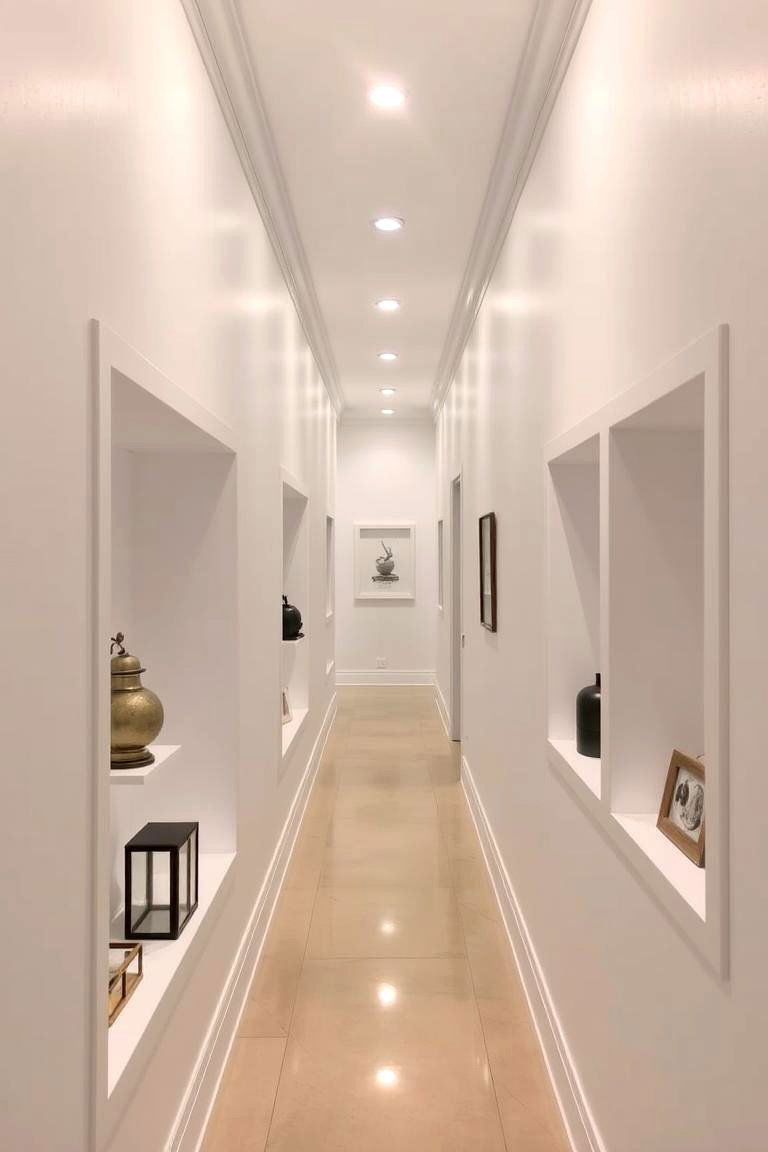
Consider incorporating shadow box molding to create recessed display areas on your walls. This type of molding forms small, enclosed spaces where you can showcase decorative items, artwork, or collectibles. The key benefit is its ability to add depth and dimension to your walls while providing a stylish way to display your favorite pieces. Consider painting the inside of the shadow boxes in a contrasting color to make the displayed items stand out.
13. Creative Herringbone Pattern Molding
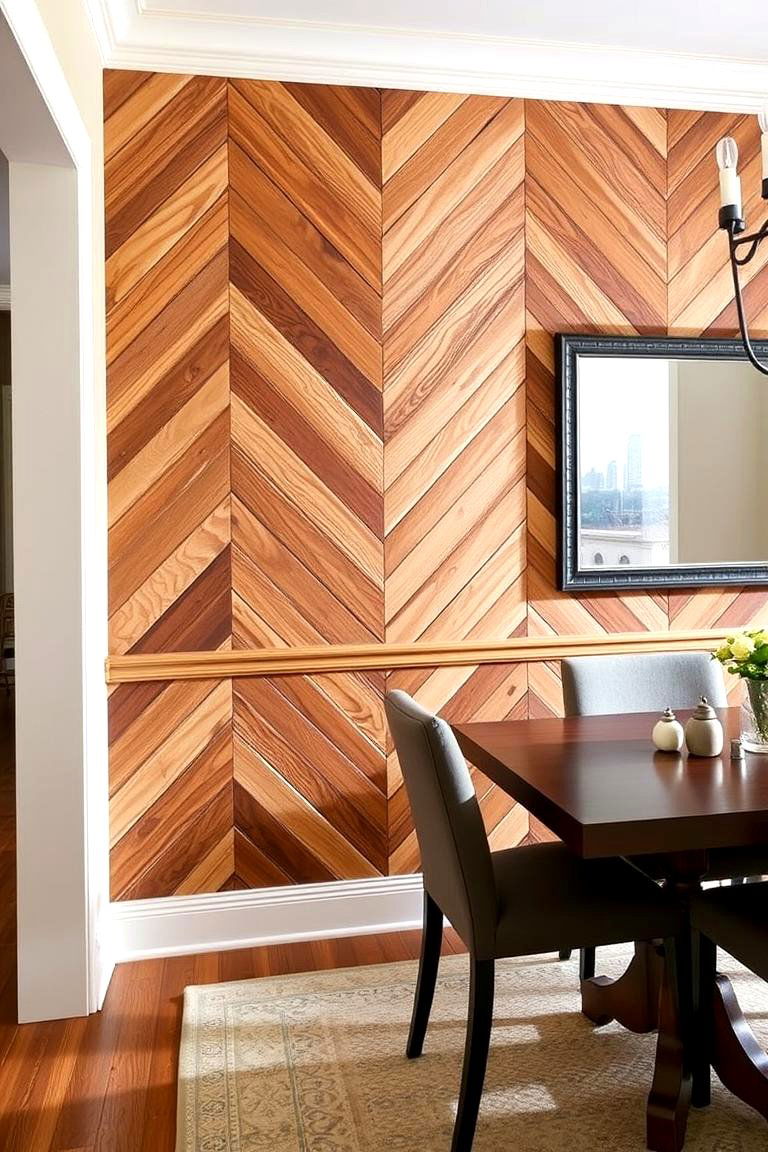
For a visually striking and unique wall treatment, explore the herringbone pattern using molding. This involves arranging rectangular pieces of molding in a distinctive V-shape, creating a dynamic and eye-catching design. The key benefit is its ability to add a strong focal point and a sense of movement to a room. This pattern can be applied to an entire wall or just a section for a more subtle effect. Consider using thin, flat molding for a modern take on this classic pattern.
14. Subtle and Textural Board and Batten
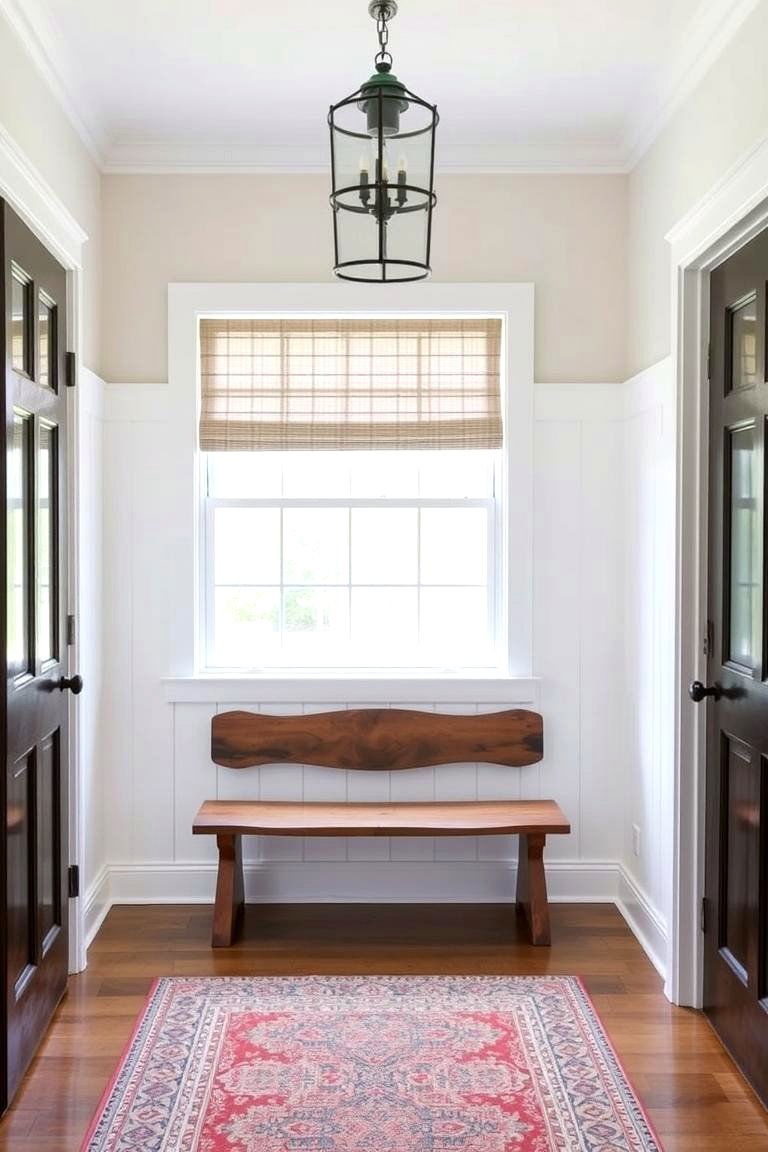
Bringing a touch of farmhouse charm, board and batten molding involves vertical panels (boards) separated by narrower strips (battens). This creates a textured and visually interesting wall surface. The key benefit is its ability to add depth and character without being overly formal. Consider painting it in a crisp white or a soft, muted color to enhance its rustic appeal. Board and batten is a versatile option that works well in various rooms, from entryways to bedrooms.
15. Innovative and Flexible Molding Options
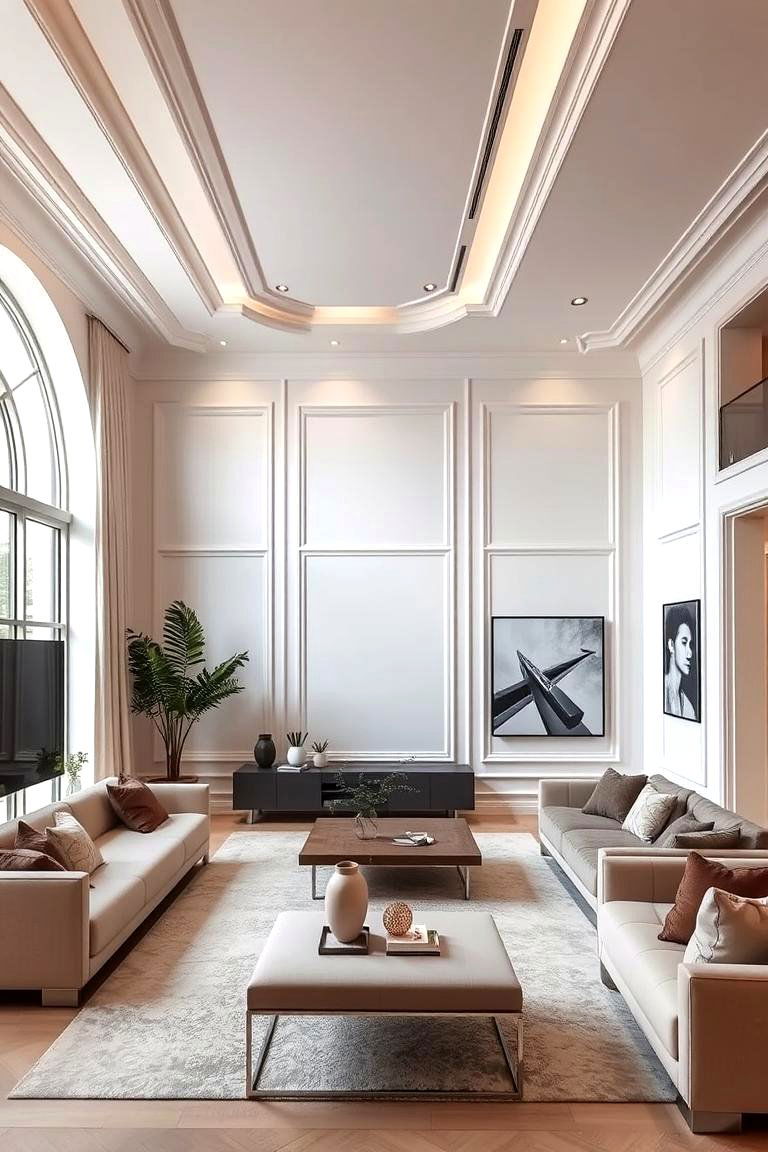
What if you could easily adapt your wall molding to changing styles or needs? Flexible molding offers a fantastic solution for curved walls or unique architectural features. Made from materials like polyurethane, it can bend and conform to various shapes. The key benefit is its versatility and ease of installation in areas where traditional rigid molding wouldn't work. This opens up exciting possibilities for creating unique and flowing wall designs.
16. Budget-Friendly DIY Foam Molding

For those looking for an affordable and easy-to-install option, consider using foam molding. Available in various styles and finishes, foam molding is lightweight and can be easily cut and adhered to walls. The key benefit is its cost-effectiveness and DIY-friendliness. While it might not have the same level of durability as wood or other materials, it's a great option for adding decorative touches on a budget.
17. Dramatic and Contrasting Color Blocking with Molding
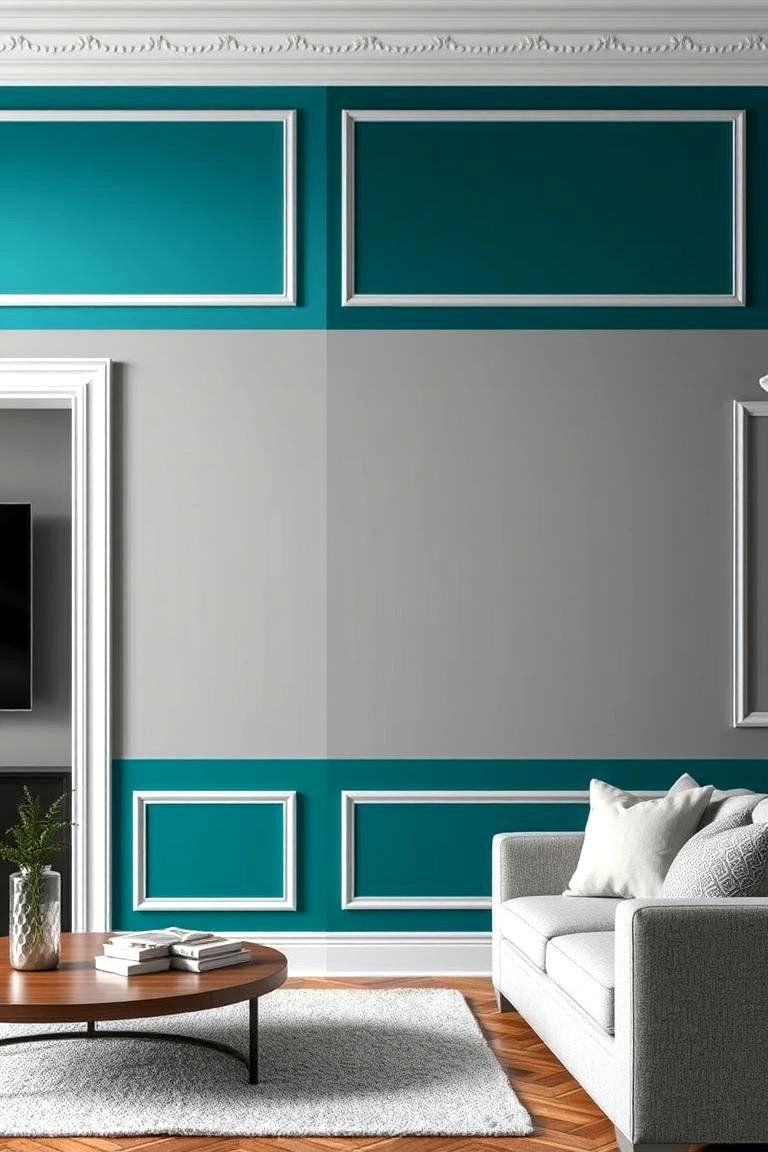
Another way to utilize wall molding is to create bold and visually striking color-blocked patterns. Use molding to define different sections of the wall, painting each section in a contrasting color. The key benefit is its ability to add a modern and artistic flair to a space. Experiment with different geometric shapes and color combinations to create a unique and personalized look. This approach works particularly well in contemporary living rooms or children's playrooms.
18. Natural and Warm Wood Plank Walls
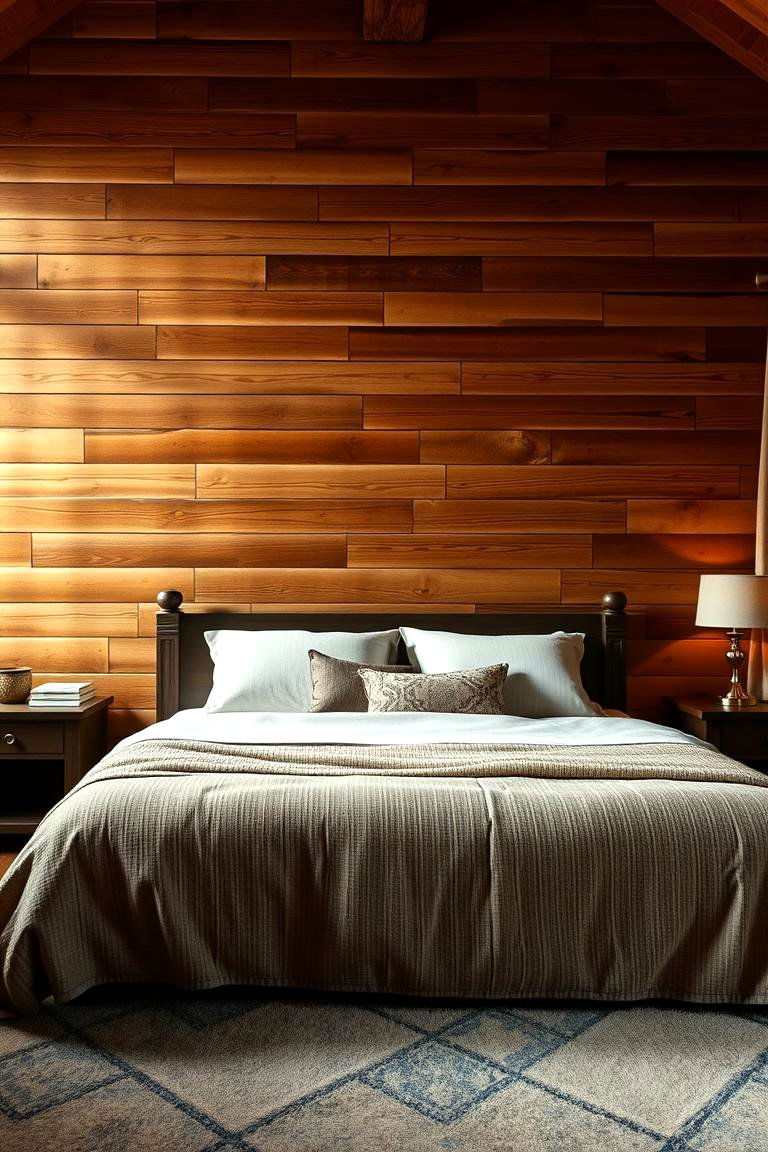
Bringing the beauty of nature indoors, wood plank walls offer a warm and inviting aesthetic. While technically not just molding, using thin wood planks can create a similar effect to shiplap but with more variation in wood grain and color. The key benefit is the natural texture and warmth it adds to a room. Consider using reclaimed wood for a rustic feel or smooth, finished planks for a more contemporary look. This is a fantastic option for creating a cozy and inviting atmosphere in any room.
19. Reflective and Glamorous Mirror Molding
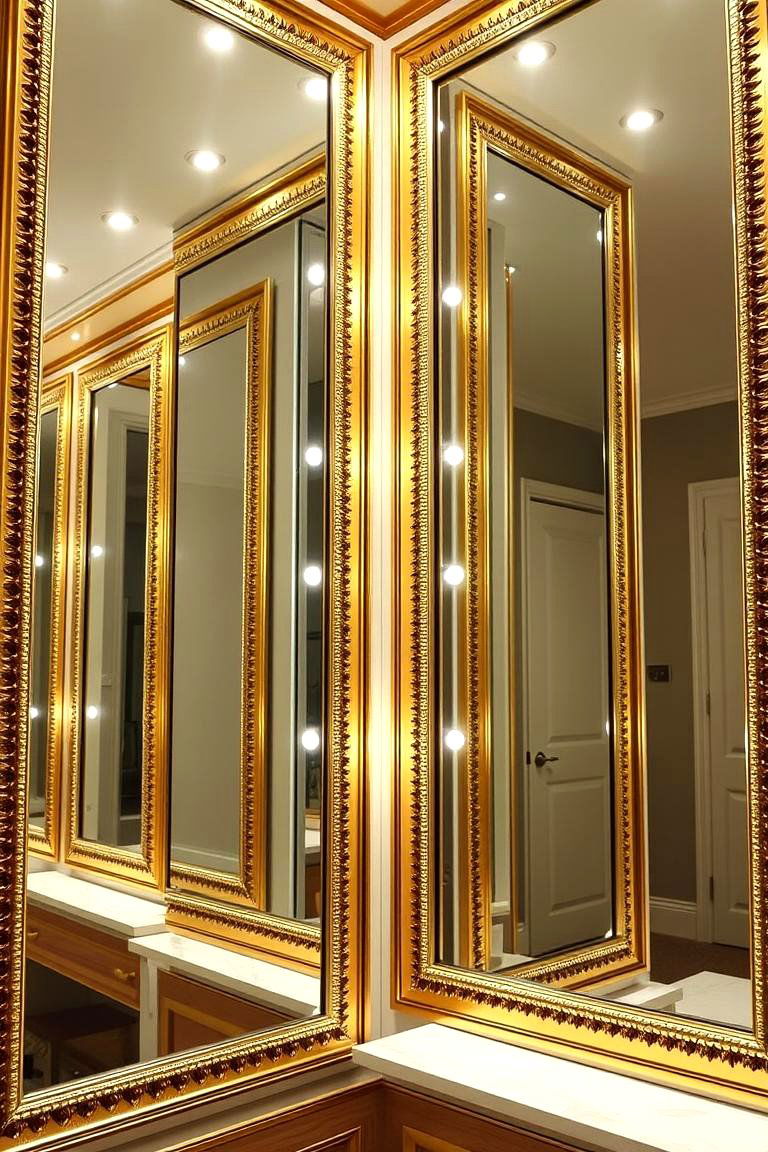
Consider adding a touch of glamour and light to your space with mirror molding. This involves incorporating strips of mirror into your wall design using molding to frame them. The key benefit is its ability to reflect light, making the room feel brighter and more spacious, while also adding a touch of elegance. This can be used to create a mirrored accent wall or smaller decorative panels.
20. Industrial and Edgy Metal Trim
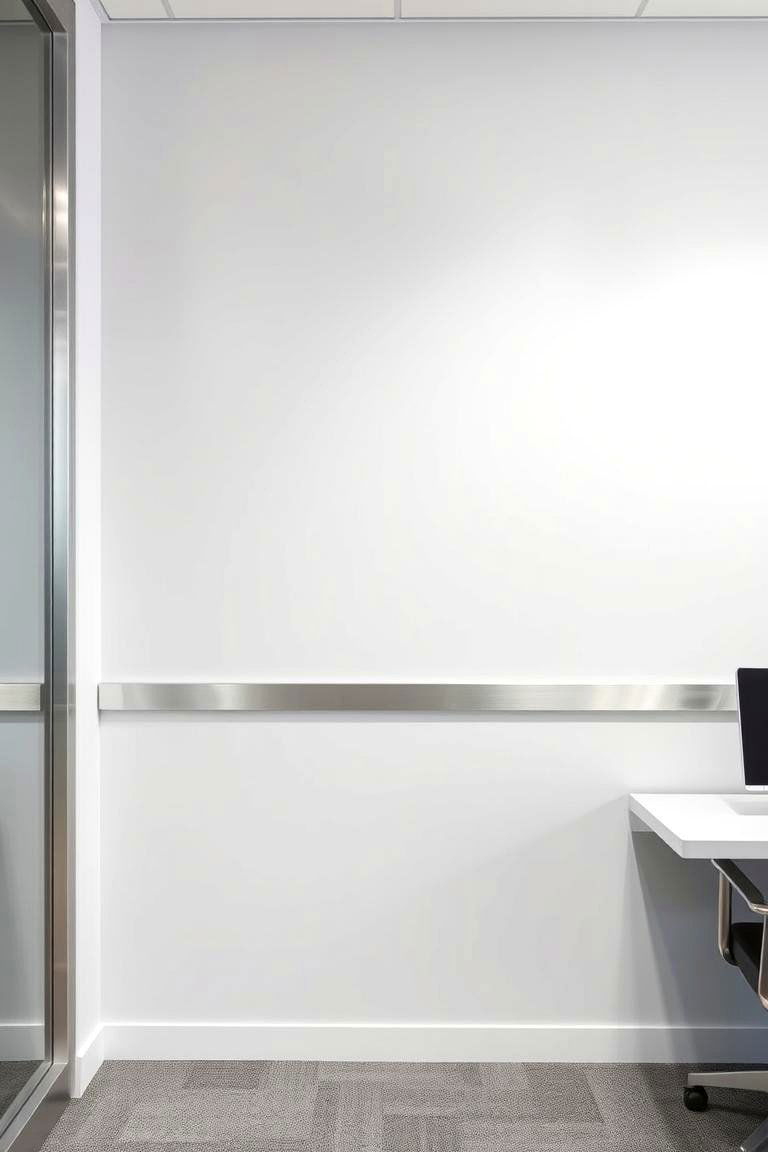
For a more contemporary and industrial aesthetic, explore the use of metal trim as wall molding. Options like brushed aluminum or stainless steel can add a sleek and edgy touch to your walls. The key benefit is its durability and modern appeal. Consider using it in minimalist spaces or to complement industrial-style decor. Metal trim can be used to create clean lines or geometric patterns.
21. Eclectic and Layered Molding Combinations
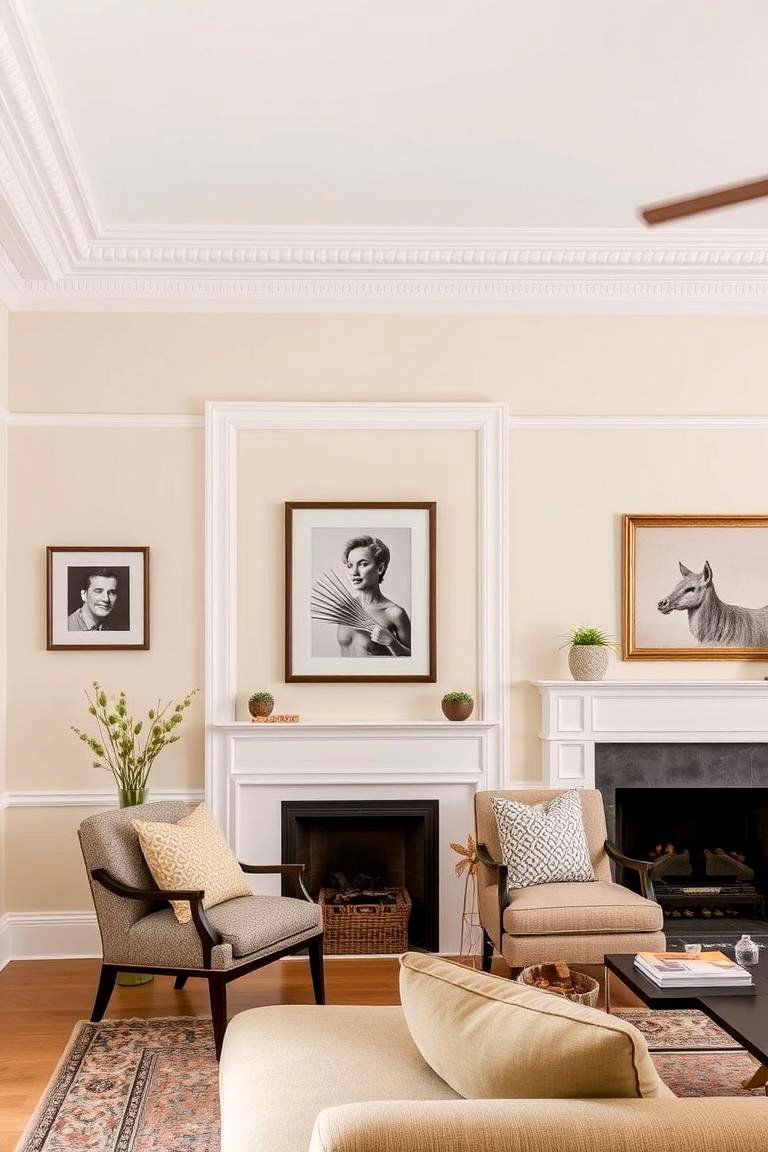
What about combining different styles of wall molding for a unique and eclectic look? Layering various profiles and sizes can add depth and visual interest to your walls. The key benefit is the opportunity to create a highly personalized and textured design. Experiment with different combinations of chair rail, picture frame, and even thin linear molding to achieve your desired effect.
22. Functional and Organized Grid Molding
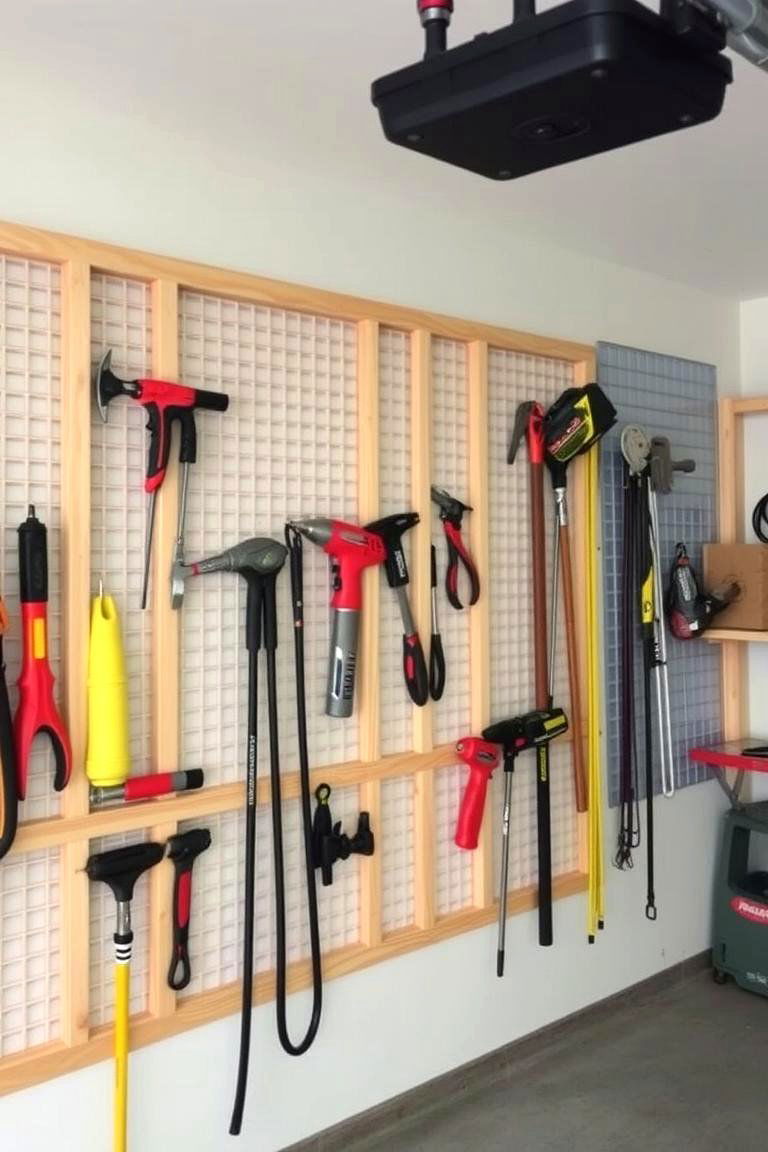
Consider using grid molding to create a visually appealing and organized system on your walls. This involves creating a grid pattern with molding, which can then be used to hang artwork, display photos, or even organize tools in a garage or studio. The key benefit is its functionality and ability to add structure and visual interest simultaneously.
23. Subtle and Elegant Quarter Round Molding
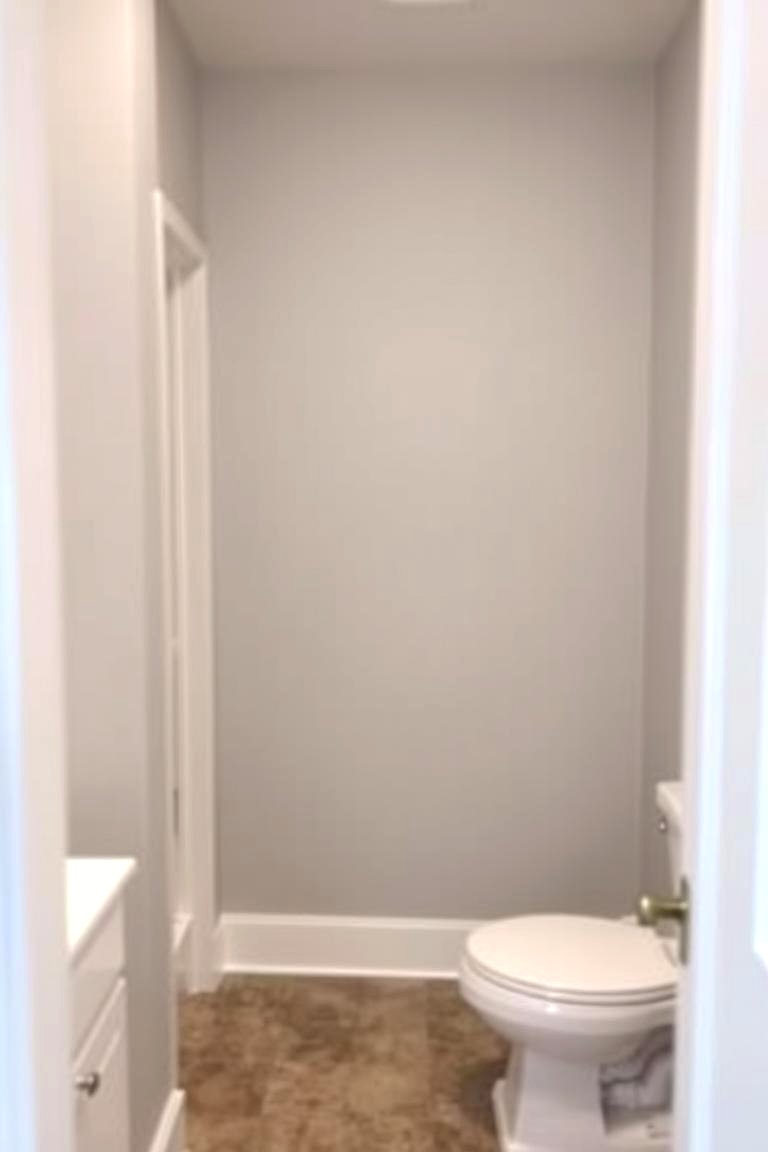
Often used as a finishing touch, quarter round molding is a small, curved trim that can be used along baseboards or where walls meet other surfaces. While subtle, it plays an important role in creating a polished look. The key benefit is its ability to conceal gaps and imperfections, providing a clean and elegant finish to your wall treatments.
24. Personalized and Creative DIY Molding Designs
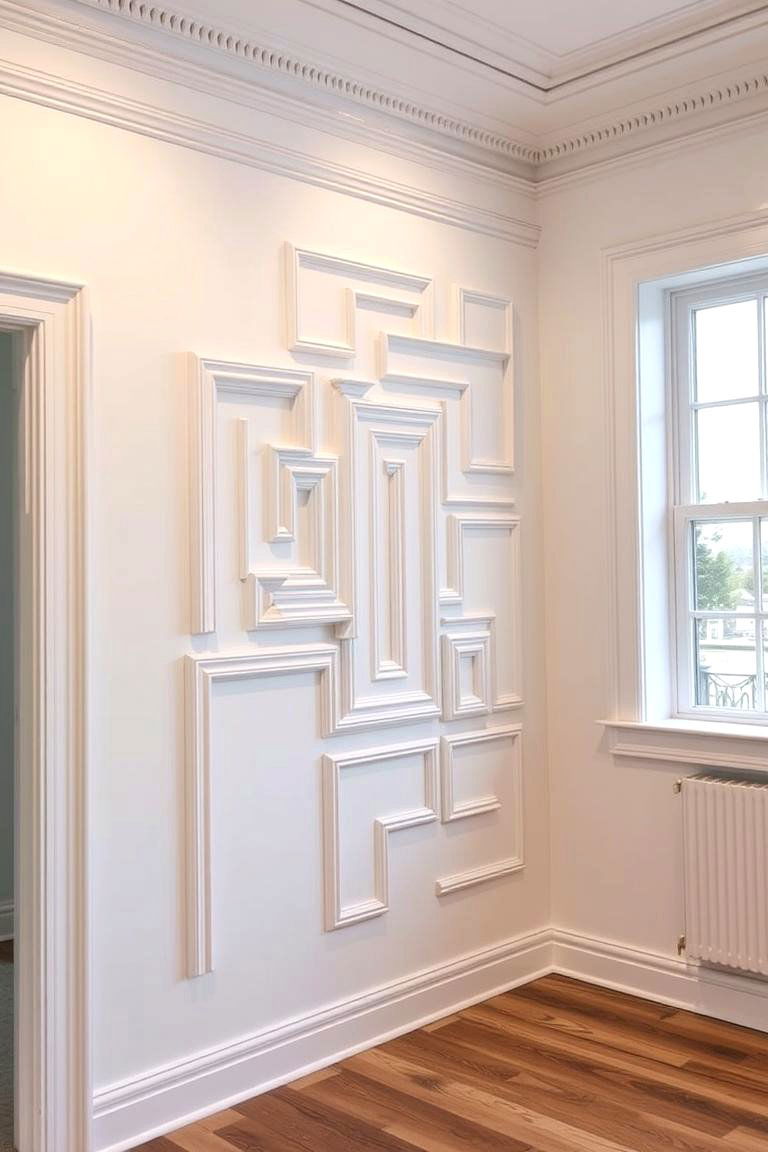
Finally, don't be afraid to get creative and design your own unique wall molding patterns. With a little imagination and some basic tools, you can create truly personalized wall treatments that reflect your individual style. The key benefit is the ability to express your creativity and create a one-of-a-kind look for your home. Consider sketching out your ideas and experimenting with different molding profiles and arrangements.
Conclusion:
In essence, the world of 24 wall molding ideas presents a rich tapestry of possibilities for enhancing your home's interior. From the timeless elegance of classic picture frame molding to the bold statement of floor-to-ceiling designs and the subtle texture of beadboard, each option offers unique benefits in terms of aesthetics, functionality, and the overall ambiance it creates. By carefully considering your personal style, the existing architecture of your space, and the desired impact, you can leverage these 24 wall molding ideas to transform ordinary walls into captivating features that truly reflect your taste and elevate your living environment.


